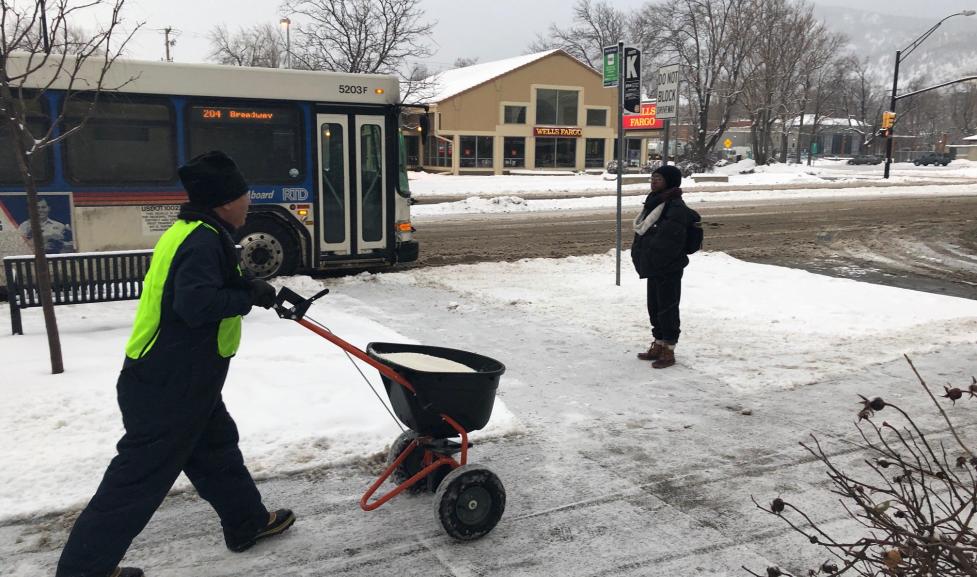Project Overview
Responding to snow and ice events in Boulder is a partnership between multiple city departments, including Transportation and Mobility, Parks and Recreation, Code Enforcement, local partners and private property owners. Between 2023 and 2024, the city conducted an analysis of its current Snow and Ice Response Program, which included several community engagement opportunities, to understand community preferences and needs, assess industry service levels, and consider changes to the program to better meet goals and expectations. The review focused on potential changes to snow and ice clearing on streets, bus stops, multi-use paths, the on-street bike network and shoveled areas maintained by the city’s Transportation and Mobility Department.
For more information about how the city currently approaches clearing snow and ice, visit the Snow and Ice Response webpage.
